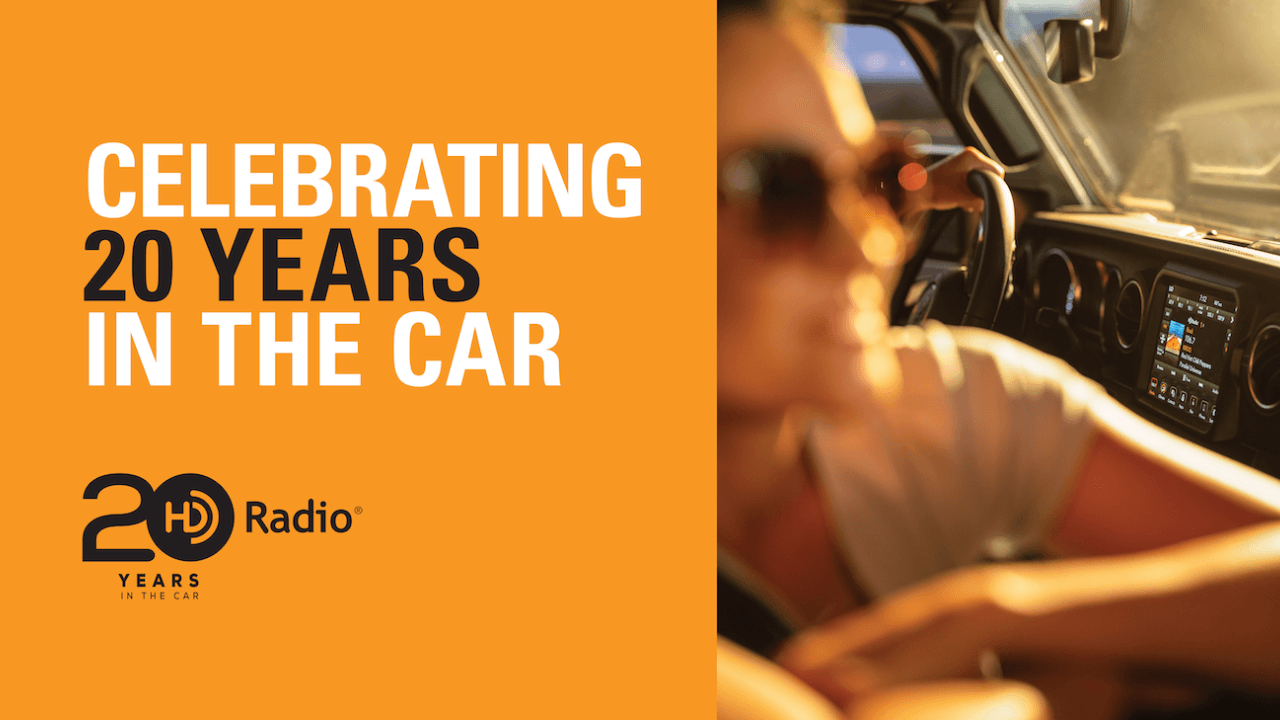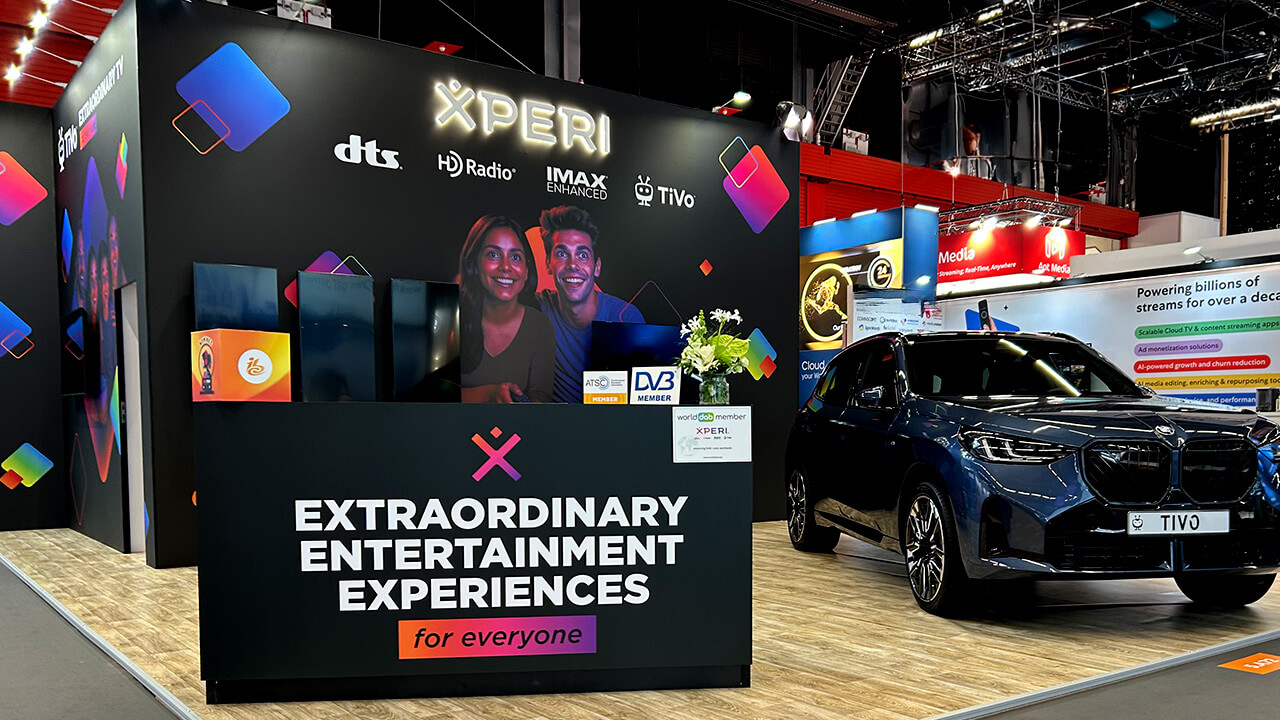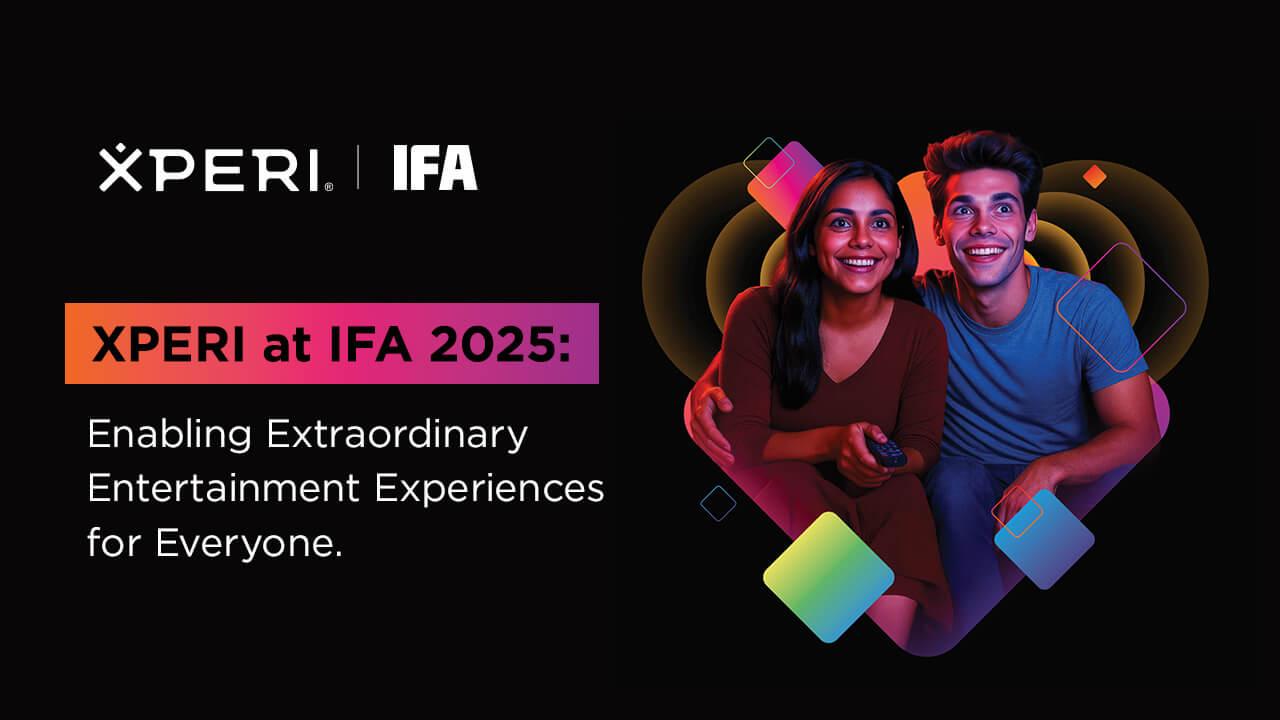Back in 2012, I hopped into my mom’s brand new, shiny silver Lexus, a car she was very proud of, and she was listening to NYC’s WLTW-FM 106.7. The audio was clear as a bell and, of course, it was HD Radio. While this was seven years after the commercial launch of HD Radio, it was probably the first time that I viscerally realized that, yes, HD Radio was not only a success but was now the standard for in-vehicle audio.
We are marking HD Radio’s 20th anniversary this year, but it seems like yesterday that I was part of a team of 50 engineers in an office park in New Jersey focused on creating a technology that would change in-vehicle audio and radio forever. Enabling — for the first time — crystal clear sound, free of pops and static, the ability to receive streamed data and endless possibilities…
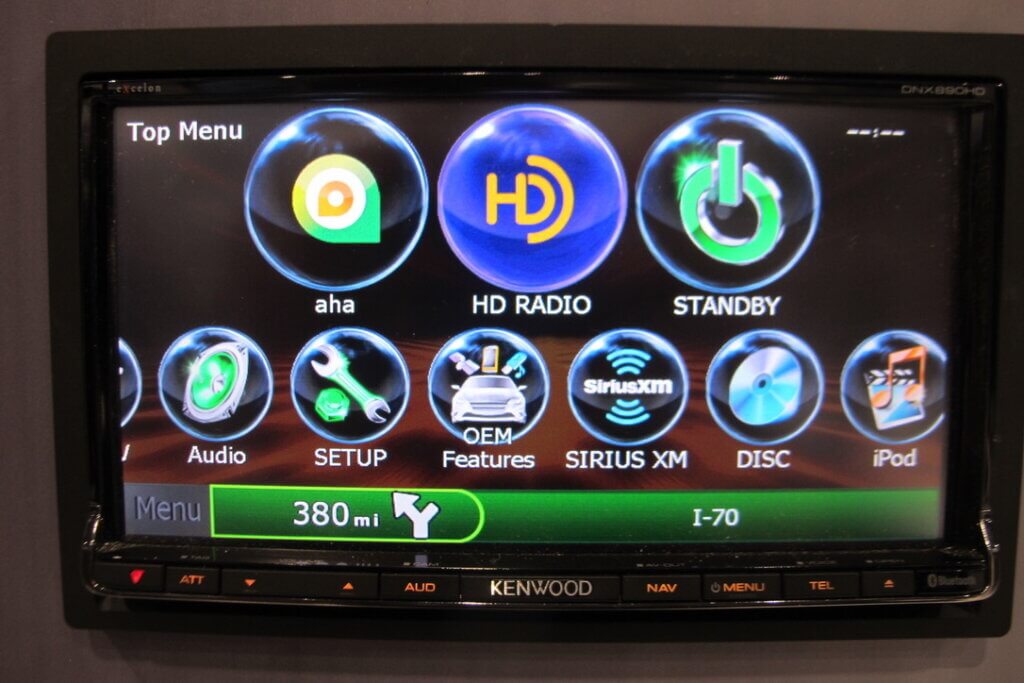
HD Radio milestones
But HD Radio was no overnight success. We went through years of beta launches, proof of concept tests, experimental launches of home radios, custom radios, and more. In 2003, working with Kenwood, we built about 1,000 units, while concurrently developing a small network of about 100 radio stations.
2003 was a milestone year for another reason, it marked the launch of what we called “Tomorrow Radio,” a critically significant feature because it expanded broadcaster channel options by enabling them to split their digital bandwidth into multiple audio streams — turning one radio station into four with no new infrastructure required. Why was this important? It meant radio gained more voices and underserved formats, such as religious and foreign language, gained more airtime; and, at a time, when content demands driven by the digital revolution were growing, it enabled more niche programming — leading, for example, to the launch of the first country radio station in New York City as a multicast channel.
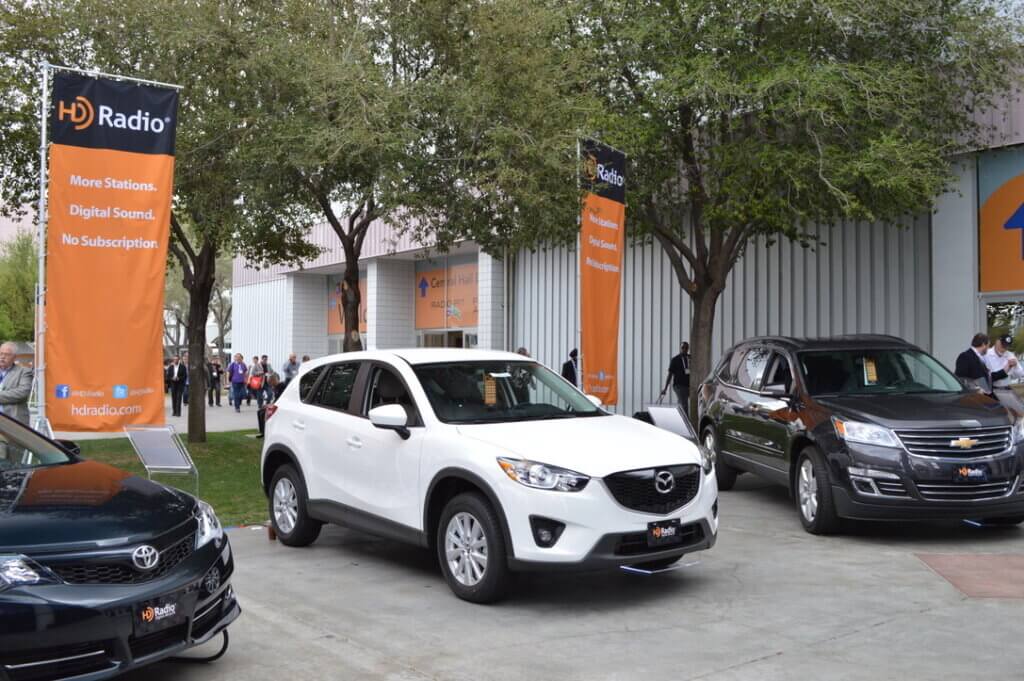
One of my favorite multicasting use cases involved, of all things, nursing homes (a potent audience as it turned out). I believe it was 2010, when Star 97, whose programming was Christian talk format, preach and teach, changed to Christian music to attract a younger audience and participate in the growth of Christian music. But, ultimately, the residents of several very large nursing homes that were big fans of the preach and teach format heartily expressed their displeasure. So, Star 97 deployed HD Radio, turning that one station into three, bringing back preach and teach talk on HD2, while maintaining the Christian music format on HD1. To help things out, we donated 50 HD Radio receivers to the nursing home. The end result was that Star 97 was better able to serve all of its audience because of HD Radio’s multicasting option.
Anyone who has been part of a start-up developing a new or disruptive technology understands the highs and lows of the early process, the wins and fails. We were euphoric when our technology came to fruition as HD Radio did in 2005, when the first BMWs (6 and 7 series) with fully installed HD Radio rolled off the assembly lines. At last, we were in OEM production and with one of the world’s finest engineering structures, not a low bar to cross. We were so proud when BMW marked the moment as ‘one of the most significant advances in radio broadcasting history.’
But it was no time to rest on our laurels, we were still miles away from mass market adoption. As we continued to evolve HD Radio technology we also focused on expanding the number of stations in our network and our audience reach through OEM partnerships. While we were thrilled to announce 1 million vehicles in 2010, it wasn’t until we reached the ‘built into over one-third of vehicles’ milestone in 2014 that we knew we were on a trajectory to industry standard. This also coincided with HD Radio being featured in a huge billboard in Times Square — another visceral moment for me, like my mom’s Lexus, that reinforced HD Radio had arrived! Once we hit that 35% milepost, the hits kept on coming: 50 million vehicles in 2018, 25 car brands in 2020, 4,500 separate digital channels across 2,300 unique stations in 2021, 60% of all vehicles shipped in the U.S. in 2024, and today, 20 years later, we are in 115 million vehicles globally.
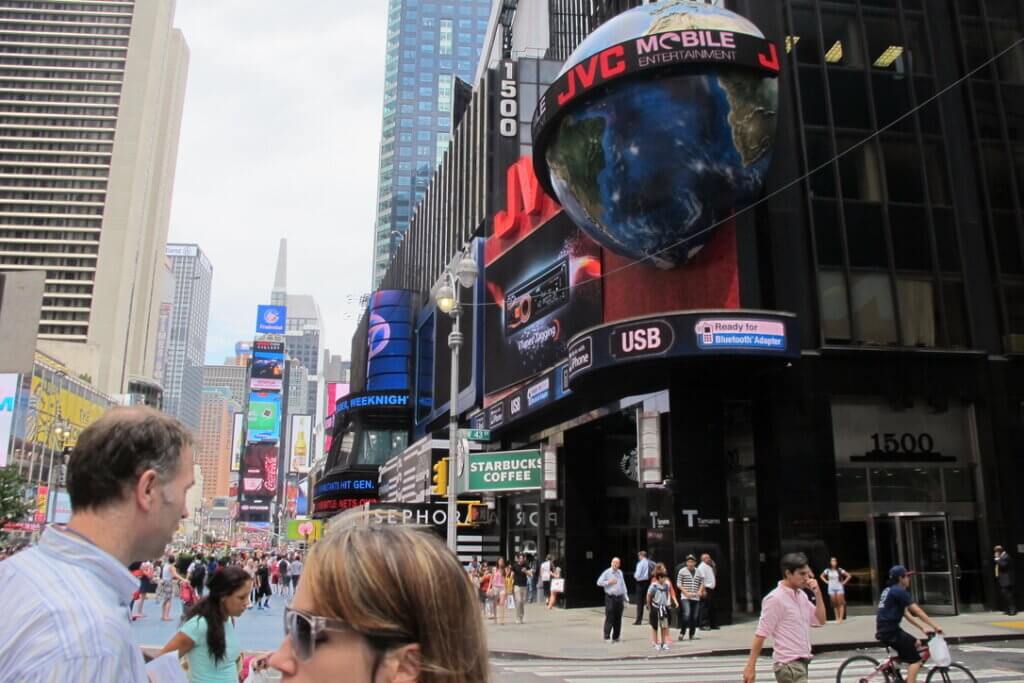
HD Radio’s impact
But, we still have no intention of resting on our laurels as we continue to innovate to positively impact our partners and to keep radio front and center in the vehicle dashboard. Our earliest goal, to provide broadcasters with the tools to help keep their stations relevant and their listeners engaged, has not deviated. HD Radio transformed stations from mere numbers on a dial into rich digital experiences, improving fidelity, delivering clearer sound and more channels. A new tipping point came in 2018, when the mandate for back up cameras arrived and cars started to come equipped with big screens. Most of us have probably forgotten that not long ago radio was a tiny display, but suddenly cars had to have these big screens and we immediately worked to leverage this for our broadcaster partners, providing the capacity to offer richly-visual on-screen information immediately relevant to programming such as album art, station logos and song/artist info, all of which enabled radio to offer the kind of visuals that out-of-the-vehicle digital users had come to expect.
An impact HD Radio had on our industry that I am proudest of is its capacity to bring more new voices and artists to radio. Like TikTok (but before it existed), HD Radio’s multicasting created new opportunities for air-play and discovery for new artists. In the early days, we did a lot of work with BMI and singer songwriters, bringing them onto the HD2 & 3 channels and, because those channels were new, they were a perfect fit for new voices. This original program called the HD Radio Artist Spotlight helped shine a light on a new talent, Charlie Worsham, whose career has continued to grow with him most recently winning the 2024 CMA Award for Musician of the Year. One way we continued that tradition was through a program with Beasley called “How I Wrote that Song” that really put weight behind the goal of revealing new voices. “For three consecutive years, Beasley partnered with BMI and Xperi/HD Radio to bring ‘How I Wrote That Song’ to our audience,” said Beasley Media Group chief content officer Justin Chase. “Interviews with some of the biggest hit songwriters in music aired on our radio stations and were prominently featured on our digital platforms. Our listeners and digital audience loved hearing the story behind their favorite songs!”
But perhaps our most important industry impact is offering our broadcaster partners — who nowadays are competing with more players for ad revenue than ever, new monetization opportunities on top of traditional ones. For example, through HD Radio’s visual display features, broadcasters can add an advertiser logo or a call to action, potentially generating millions of dollars in incremental ad revenue, which makes us very happy because a healthy industry is critical to the success of all of its stakeholders. And, given that AM/FM radio’s in-car audience share is 86%, advertisers’ primary way to reach consumers on their purchase path, anything we can do to amplify this reach is a big win.
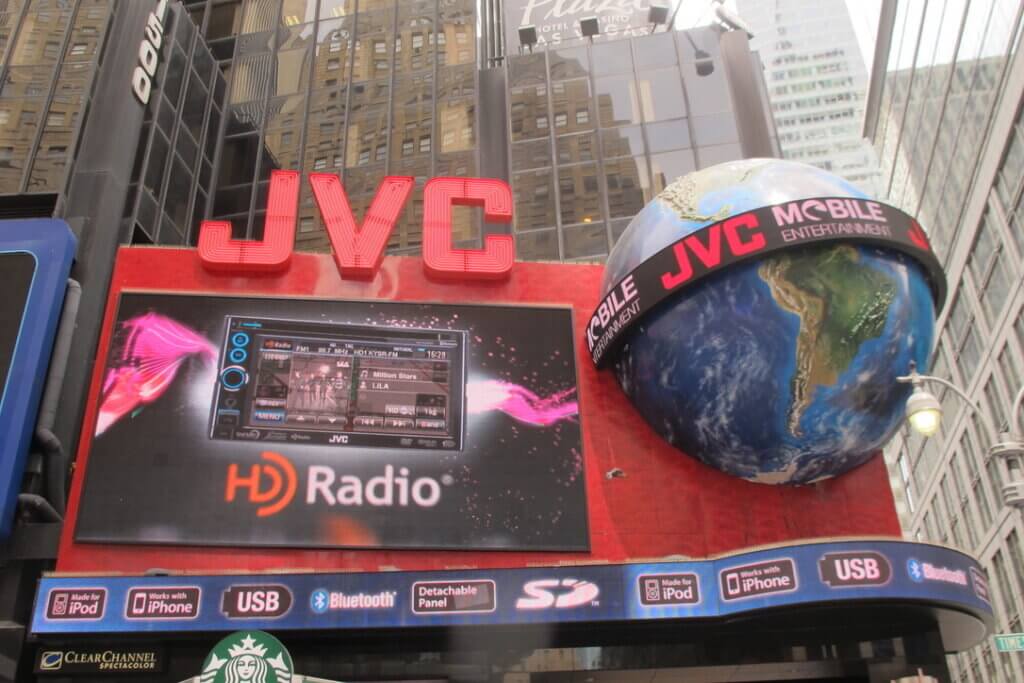
The future
As HD Radio continues to grow and evolve, it is foundational for next generation opportunities in the connected car; and this is particularly true when it comes to DTS AutoStage, our global connected car entertainment platform that seamlessly combines linear broadcast with IP-delivered content. DTS AutoStage would not exist without HD Radio technology and it both complements and enhances FM and HD Radio via rich, consistent metadata, advanced services and broadcast content protection. Today’s infotainment universe is a flood of media and media debris and DTS AutoStage operates like a personalized content sieve, making it easy for consumers in the connected car to safely discover and engage with the full spectrum of their personal entertainment preferences. Built around radio, it also incorporates video and gaming capability that broadcasters can leverage to increase engagement and, yes, revenue — as well as never-before-available listener data and analytics.
Historically, the vehicle has been a listening blind spot for broadcasters, but our DTS AutoStage Broadcaster Portal is changing that with compelling actionable views of exactly how a station is performing — not just which songs are played, but the songs and content in-vehicle listeners are engaging with, when they are doing it, where they are doing it, how many sessions, how long each session is and more. We see this as a first step toward getting broadcast radio in the car integrated with programmatic ad platforms. This information may enable stations to generate ever-more individualized content recommendations and more effectively monetize their programming by providing highly relevant, targeted advertising, pairing audio and visual elements and, for the first time, enabling broadcast radio to participate in the programmatic advertising ecosystem. A new generation opportunity indeed.
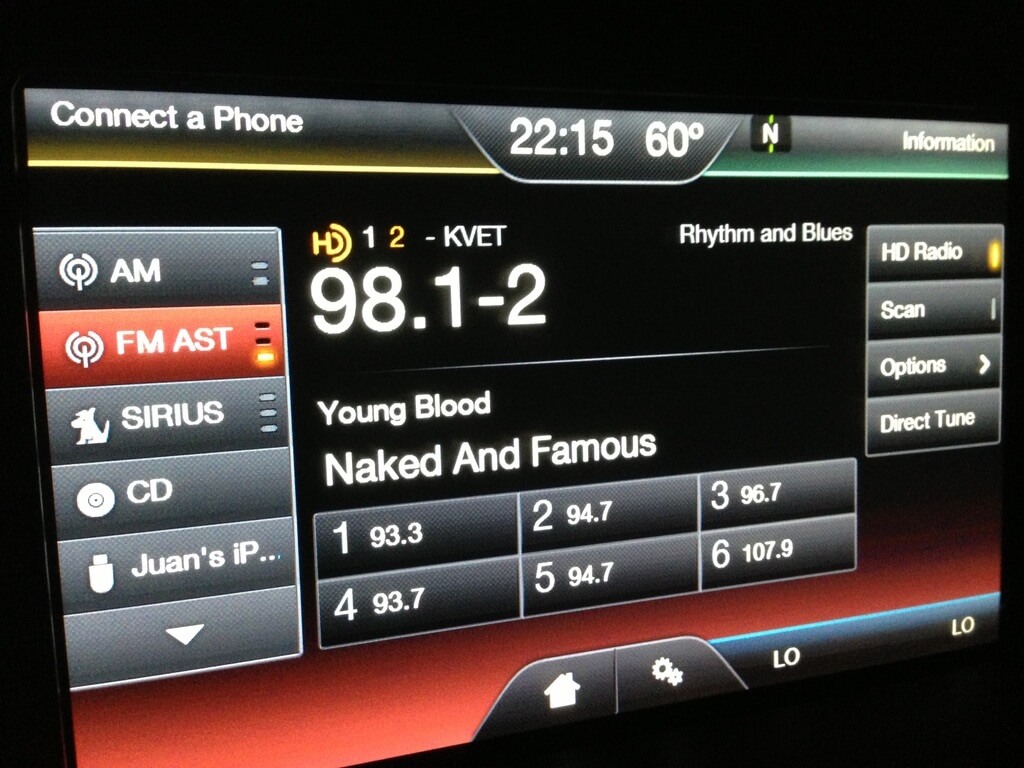
It has been twenty years since HD Radio rolled out in BMW, and 12 years since my mom’s Lexus proved to me that HD Radio would become the standard for in-vehicle radio. Although she still drives that car and still listens to HD radio…maybe one day soon, I will step into her new vehicle and she will be watching video on the dash from her favorite radio station or playing an onscreen game coordinated with their programming or responding to an advertisement integrated with content targeted to her preferences…(not that she is trading that old Lexus in any time soon!).
HD Radio was, and is, core to every step of entertainment development in the connected car. Today, we are on the precipice of a revolution every bit as dramatic as that of HD Radio 20 years ago, a revolution that we promise will continue to keep radio front and center in the vehicle — and broadcasters not only firmly part of, but also helping to lead, the connected car entertainment ecosystem.
